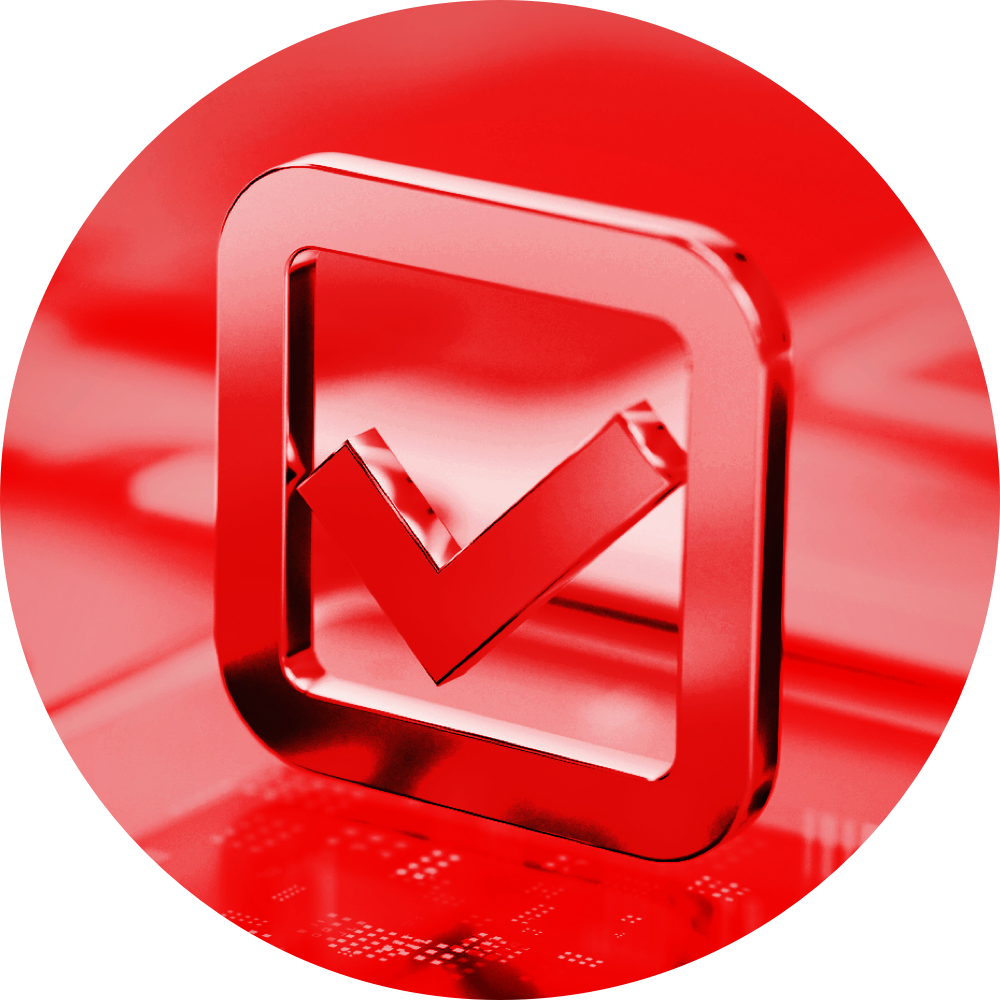What issue can we solve for you?
Type in your prompt above or try one of these suggestions
Suggested Prompt


How to Build Engineering Teams That Last: A Playbook for the AI Era
The future of engineering is about learning, purpose and flexibility.


The future doesn’t wait for anyone—least of all for companies trying to keep their engineering teams ahead of the curve. As new technologies rewrite how we build, operate and compete, many organizations find themselves asking the same question: How do we make sure our engineering talent can keep up?
It’s no longer enough to focus only on hiring the “best and brightest.” Companies must think holistically—balancing how they retain, reskill and recruit in a way that aligns with where their business is headed. That’s where future proofing comes in.
To understand how companies are adapting, we spoke to several industry experts about how organizations are future proofing their engineering capabilities. One theme stood out clearly: there’s no single fix. Building resilient, adaptable engineering teams requires a thoughtful blend of strategies tailored to meet the profession’s evolving demands.
How engineering talent is evolving in the age of AI and automation
From coding to creative problem-solving
Not long ago, engineering success was often measured by technical depth in a specific coding language or platform. But the rise of AI tools has shifted the baseline. Many routine coding tasks are now automated, freeing engineers to focus on higher-order work—like solving ambiguous problems, designing scalable systems and aligning technology with business strategy.
Mike Barzilli, hiring manager and Senior Director of Data Engineering, described this shift well: “The integration of AI in engineering roles is moving the focus from narrow technical skills to adaptability and creative problem-solving.” In other words, engineers today are being asked to understand not just how to build—but why. The value lies increasingly in connecting technical solutions to broader business outcomes.
Analytical thinking is a rising differentiator
Rajiv Totlani, hiring manager and Vice President of Data Engineering, added another dimension: as AI and machine learning become more embedded in daily workflows, engineers with strong mathematical and statistical knowledge are gaining an edge.
“The traditional emphasis on coding is giving way to a need for deeper statistical understanding,” he noted. Engineers who grasp the models behind the tools—and can interpret data through a mathematical lens—are better equipped to apply emerging technologies thoughtfully and effectively.
This doesn’t mean coding no longer matters. But it does mean the most impactful engineers are those who can combine programming skills with analytical rigor, especially as technical complexity increases.
The four pillars of future-proofing engineering teams
So, what does it take to future-proof engineering teams? Insights from our expert conversations point to four interconnected strategies:
- Retention – Keeping top talent engaged and motivated
- Reskilling – Preparing teams for emerging technologies and ways of working
- Recruitment – Evolving how new talent is identified and integrated
- Restructuring – Rethinking team composition to prioritize flexibility, business fluency and cross-functional collaboration over rigid role definitions
Retention: How to keep top engineering talent engaged
In a competitive hiring market, keeping great engineers is both critical and cost effective. “People are jumping ship a lot quicker,” Barzilli said, pointing to widespread short tenures, even for mid-level engineers. So, how do we get engineers to stay?
Retention today isn’t just about compensation—it’s about connection, growth and alignment.
Incentives that reflect what people actually want
Barzilli pointed out the limitations of one-size-fits-all programs: “Retention is improved through tailored incentives that align with individual goals and needs.”
He gave examples ranging from project choice to travel flexibility. “I have one person…he decided he wanted to live in Poland for six months, and we were able to do it through the ‘Work Your World’ program here at Publicis Sapient.”
This could also mean offering flexible schedules to a working parent or funding access to industry conferences for a machine learning engineer—it all depends on the individual person.
What this means for leaders: Learn more about the people working on your team. What do they need? Tailor incentive structures based on real conversations. A flexible, human-centered approach outperforms generic perks.
Empowerment through autonomy
But, oftentimes, perks alone aren’t enough—people also want the autonomy to shape their work and careers. Both leaders emphasized the value of autonomy and trust. Totlani was clear that, “Retention is driven by [autonomy]. Engineers want the freedom to make decisions and take ownership.”
This doesn’t mean removing all structure. It means establishing clear goals and then giving engineers space to determine how to best reach them. In practice, this approach increases both engagement and accountability—especially as projects become more complex
What this means for leaders: Create clear goals but resist micromanagement. Empowerment build trust—and trust retains top talent.
Connecting work to meaning
Purpose also plays a role. Totlani said, “The quality of projects and the variety of projects they get to do [here at P.S.] is meaningful and impactful.”
Barzilli expanded on this, noting, “Today’s engineers want to understand the ‘why’ behind their work and its impact on the business.”
When technical teams see the value their work creates—whether for customers, internal stakeholders or society—they’re more likely to stay invested. Leaders who consistently draw those connections help build purpose-driven teams that go beyond transactional motivation.
What this means for leaders: Regularly communicate the business impact of engineering work. Purpose fuels long-term engagement.
Reskilling: How to reskill engineering talent at scale
As technologies evolve, so must the skills of the teams that build with them. A culture of learning isn’t a luxury—it’s a necessity.
Creating a culture of ongoing learning
Totlani emphasized the importance of structured support and creating opportunities for growth.
“We announced certification drives in our company town halls, and then we leave people with interesting sound bites like, ‘Did you know Google has come up with agent space, which can do agentic AI with little to no code?’” He explained that these teasers often peak engineers’ interest and promotes more certification signups.
He also described how learning goals are integrated into yearly planning on his team. “[As part of our KPIs], we make sure everyone completes at least one certification every year.”
However, Barzilli emphasized the practical limitations of this for engineers everywhere, saying, “It’s pretty rare that you could say, ‘I’m going to keep my project work going, but I’m going to spend the next two to three months learning something new.”
But continuous, internal learning can take many forms:
- Time-blocking for growth: Setting aside dedicated time for learning and experimentation (if possible)
- Internal knowledge-sharing: Encouraging peer-led “lunch and learns” or mentoring programs
- Budgeting for external development: Supporting courses, conferences or certifications
- Cross-functional exposure: Rotating engineers across teams to broaden skill sets and perspectives
Totlani summed it up: “The ability to learn quickly is becoming a stronger predictor of engineering success than what someone already knows.”
What this means for leaders: Build learning into business rhythms. Don’t wait for the perfect moment—make development part of the day-to-day.
Knowing when to upskill vs. when to hire
Of course, upskilling alone won’t solve every challenge. Sometimes, organizations need to bring in new expertise—particularly for highly specialized roles or to infuse teams with fresh thinking.
Barzilli recommended a blended approach, stating, “Companies must balance upskilling with hiring new talent to meet changing business needs without losing team cohesion.” Totlani added that in many cases, retraining internal talent is preferable to replacing it outright—especially when institutional knowledge and team dynamics are at stake.
The key is being deliberate. Leaders should assess which skills can realistically be developed in-house and which requires external recruitment. This balance helps teams evolve while maintaining continuity and culture.
Pooja Dabas, Manager of Talent Acquisition at Publicis Sapient, offered an interesting alternative at the hiring stage that blends upskilling and hiring. “We should have more training platforms where we can internally train the right kind of talent,” she said. Dabas explained how difficult it is to hire someone who is an exact match for job descriptions. “But if we have those kind of heavy training modules in place upon hiring, it would help us a lot in the long-term in creating the best candidate.”
What this means for leaders: Take a hybrid approach—train where possible, hire where necessary. This balance protects culture while evolving capabilities.
Recruitment: What top engineering talent looks like
As the technical bar shifts, so too does what engineering leaders are looking for in new hires.
“We are constantly revamping what skill sets are needed to align to what our clients are looking for, given the rapid shift to AI,” says Kriti Gupta, Senior Associate of Talent Acquisition at Publicis Sapient.
“It’s less about, you know, can you code in a certain language,” said Barzilli. “You still need to be good at the technology side. But the focus should be, ‘What are you delivering first? What’s the value that I’m going to build?’” He added, “That really still has to come from the engineer. AI can fill in the blanks, but it doesn’t fill in that strategic thinking.”
Totlani looks for “someone who can think through problems and doesn’t come up with canned, ready-made answers.” He shared a personal screening method: “If someone is too quick to respond, that is a bit of a red flag to me. Maybe they haven’t thought through things.”
Adaptability is a non-negotiable
“Adaptability allows engineers to shift from routine programming to solving business-critical challenges,” Barzilli said.
Hiring for adaptability means looking beyond resumes. Ask candidates about how they’ve responded to major changes, picked up new tools or stepped into unfamiliar roles. Their stories reveal more than any technical assessment can.
What this means for leaders: Rethink interviews. Search for adaptability and curiosity—not just technical proficiency.
Technical skills + soft skills = impact
“Soft skills like communication, resilience and collaboration are becoming just as important as technical expertise,” said Totlani.
MacMillan echoed this sentiment, saying, “Communication skills are paramount. We look for candidates that can understand a problem, take a problem and articulate a solution in a very structured manner. We look at how they collaborate with team members and clients as well.”
Engineers don’t work in a vacuum. They interact with product managers, designers, clients—and increasingly, executives. Those who can explain their thinking, listen actively and navigate ambiguity bring outsized value.
“Even before I look for a degree or a particular expertise, I actually look for [a] person to be a good consultant...presentable to the client, as well as the ability to articulate well,” Totlani said.
Interview processes should reflect this reality. Instead of focusing solely on technical challenges, include exercises that simulate real-world collaboration or probe interpersonal dynamics. This approach surfaces well-rounded candidates who can contribute across dimensions.
What this means for leaders: Screen for client-readiness. Engineers need to think technically and communicate persuasively.
The missing link: restructuring engineering teams to be more flexible
While we have discussed retaining, reskilling and recruitment, there is a fourth “r” to the equation that is often left out: restructure.
“It used to be that a project might be five, six, eight, ten people…but now, one engineer can venture into areas that they aren’t an expert in…a lot of the tools are getting easier and simpler,” Barzilli said.
On one recent project, he explained, “We had to do some pretty basic infrastructure stuff, and we didn’t have one single infrastructure person…the data engineers did it.”
In short: fewer specialists, more generalists with broad capabilities and business awareness.
Embracing cross-functional collaboration
These teams break down silos, bringing together engineers, designers, data scientists and business leads. This structure mirrors how real-world problems surface and are solved—and helps engineers see the full context of their work.
What this means for leaders: Build team structures around problem-solving, not just job titles. Cross-functional agility beats siloed expertise.
Strengthening business acumen in engineering roles
Perhaps the most transformative shift is the integration of business understanding into engineering roles, with the composition of teams shifting toward what Totlani explains as “outcome-driven engineering.” “You will see engineering teams will have a lot more business knowledge overall and will be focused on business outcomes a whole lot more.”
Barzilli echoed this point, saying, “Understanding the bigger picture and understanding ‘How does my technical work meet our business objectives?’ will be critical [moving forward].”
This doesn’t require engineers to become MBAs. But it does mean helping them understand customer pain points, market trends and strategic objectives—so they can build with purpose.
Organizations can support this by:
- Including engineers in planning and roadmap discussions
- Creating hybrid roles that bridge business and technical teams
- Establishing shared metrics that connect engineering outcomes to business impact
The more engineers are equipped to think like business partners, the more effective and future-ready they become.
What this means for leaders: Encourage engineers to learn about the business. Strategic insight is the new technical edge.
The new engineering paradigm: from code to strategic impact
The way organizations attract, grow and retain engineering talent is undergoing a fundamental shift. As AI and automation change how engineers work, leaders must respond with strategies that elevate adaptability, purpose and continuous learning.
The insights shared by our experts point to a clear set of priorities:
- Retain engineers by aligning work with purpose, autonomy and individual motivation
- Reskill teams through a culture of ongoing learning and thoughtful development planning
- Recruit talent based on adaptability, communication and algorithmic thinking—not just technical proficiency
- Restructure teams for agility and tighter alignment with business strategy
The future of engineering won’t be defined by how many lines of code are written—but by how creatively, collaboratively and strategically engineers solve problems. Organizations that embrace this shift will build teams that not only keep pace with change—but lead it.







